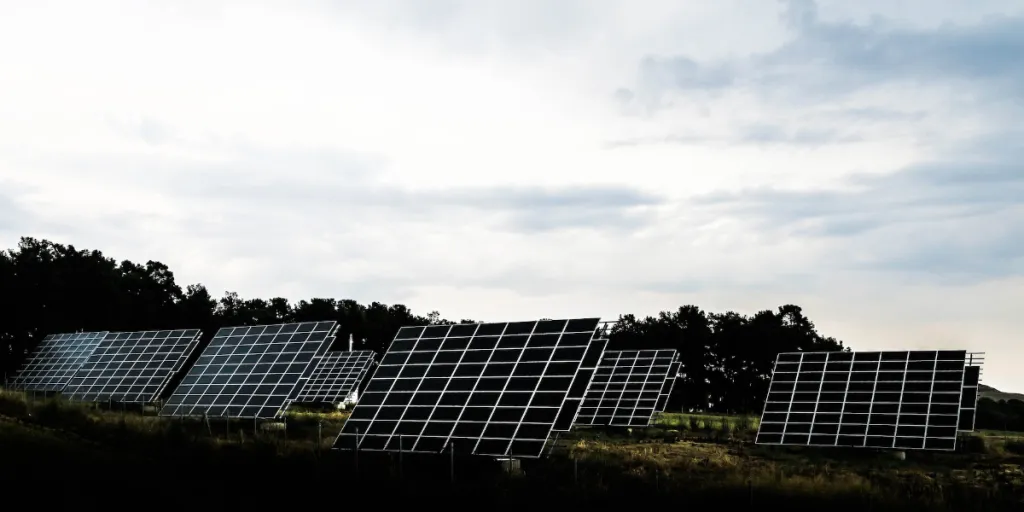Solar PV LCOE Expected To Slide to $0.021/Kwh by 2050, DNV Says
By mid-century the levelized cost of energy (LCOE) for solar PV will be $0.021/kWh, a new report by risk management company DNV predicts. The learning rate for solar is predicted to decrease from 26% to 17% by 2050.
Solar PV LCOE Expected To Slide to $0.021/Kwh by 2050, DNV Says Read More »














